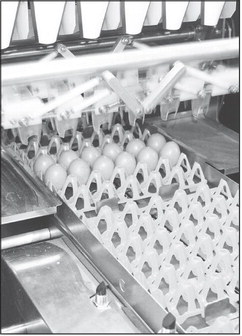FISCAL FACTS:
The overall quality of bridges in Wisconsin exceeds the national average, with a higher percentage of bridges rated in good condition. However, bridges on local roads are often in significantly worse condition than those on state roads and highways, creating challenges for local governments responsible for their maintenance.
The Wisconsin Department of Transportation uses a detailed scoring system defined by the Federal Highway Administration, known as the National Bridge Inspection Standards, to measure bridge quality. State law requires every bridge to be inspected at least once every two years, with more frequent inspections for older structures and those in poor condition.
As of 2024, 51% of Wisconsin’s bridges were classified as being in good condition, the highest rating available, compared to 44.1% nationwide. The proportion of Wisconsin’s bridges in good condition consistently has surpassed the national average for many years. On the other end of the scale, 6.6% of Wisconsin’s bridges were rated in poor condition.
While the statewide average paints a relatively positive picture, a deeper look reveals uneven quality ratings based on bridge ownership, location, and road type. In general, bridge quality tends to lag in the northern and western parts of the state.
The Wisconsin Department of Transportation owns more than 5,300 bridges, or 37.3% of the statewide total. These include the state’s largest bridges, like the Hoan Bridge in Milwaukee County and the Blatnik Bridge(co-ownedwith Minnesota)connecting Superior to Duluth. They also tend to have the highest quality ratings, with only 1.6% rated in poor condition.
The state’s bridge conditions follow a similar pattern to its overall pavement and road conditions: Roads that carry less traffic tend to be in worse condition than higher-traffic roads. County roads have the highest percentage of bridges in poor condition among all ownership types, with 11.3% rated as poor. Among town bridges, which tend to be on rural, relatively low-traffic roads, 8.6% are in poor condition; and among city and village bridges, 8.8% are in poor condition.
While local bridges typically carry fewer vehicles each day than those on state highways, they still represent important links in the state’s transportation system. Thankfully, the vast majority of bridges in Wisconsin are in good or fair condition regardless of who owns them, with only a small percentage in such poor condition that they need to be closed or posted with weight restrictions.
Still, maintaining and upgrading local bridges to keep them in good condition can be costly. While there are state and federal resources dedicated specifically to local bridges, our research has also shown the state’s transportation fund is being stretched thin, resulting over time in a prioritization of the state highway system over local roads.
Recent increases in state aid may help some communities to fund local bridge projects, but many communities may still find it challenging. Ultimately, state and local leaders will have to decide how much they’re willing to tax and spend in service of maintaining high-quality bridges.
This information is a service of the Wisconsin Policy Forum, the state’s leading resource for nonpartisan state and local government research and civic education. Learn more at wispolicyforum.org.

